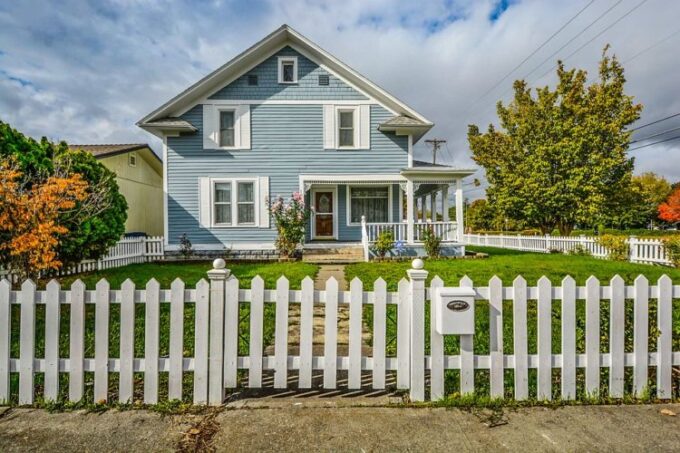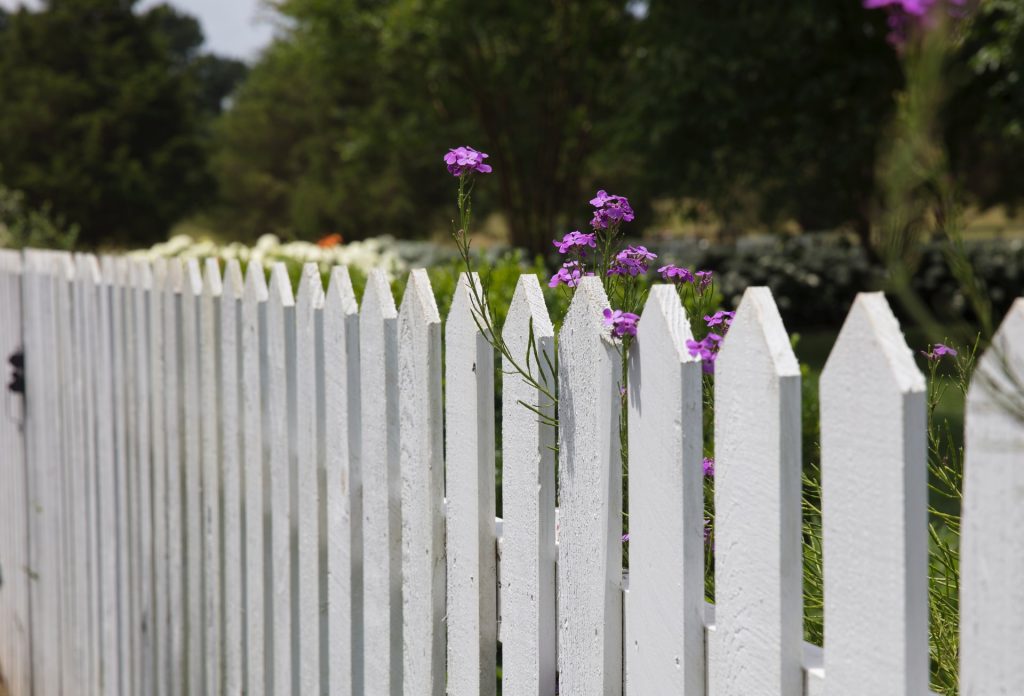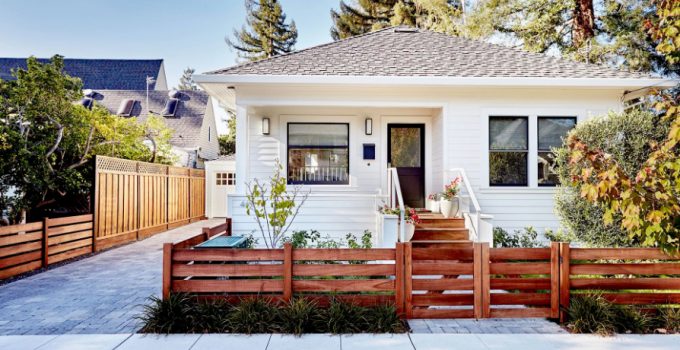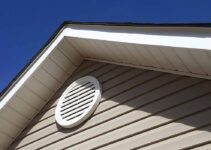A good fence is as important as a house you are buying for yourself. There is an old saying that goes “good fences make good neighbours”. A fence is more than a fashion statement that should go along with your house and your yard. It is also your safe haven and your keep-away from prying eyes of those that shouldn’t be peeking inside.
Fences come in different shapes, sizes and styles and it is important to plan before you put one up. It is also important to choose the right ones that suit the style of your neighbourhood and your house if you don’t want to stick out like a sore thumb. Choosing the right BrandName and the right price is essential when you are trying to budget and tailor everything to your needs.
A key thing to note is that you don’t need to be stuck with whatever the previous owner or builder put up since there are so many types and styles out there. You can go tall or short privacy fence, tall or short picket fences or any kind of open fence that allows you to have a relationship with your neighbours.
This article today will tell you about how to choose the right fence that will satisfy your needs but save some cash in your pocket.
1. Reasoning

Source: homerepairninja.com
Now there are plenty of reasons why one wants to put up a fence. This is an important first step that you should consider and it will greatly dictate the selection, buying and putting up expenses. The things to consider here are do you want privacy or security or do you want to keep any pets or children inside your yard or outside if they belong to your neighbours. By choosing the right purpose of the fences you are more likely to choose a fence style that will suit your needs, plus it will help you greatly reduce the time spent searching and help you potentially predict the cost of the entire project.
2. Look around
Now, this is something we already mentioned above but it should be stated again. A fence style and type should both go along with your home and yard style but it should also fit in in the overall look and feel of your neighbourhood. If the entire neighbourhood has tall private fences it would be silly for you to go with the small white picket fence. Your yard and your home would stick out like a sore thumb, plus you might get some criticism from the neighbours about that. Look around and try to find a common style that stretches throughout the neighbourhood and try to fit in that if you are able, that is your best option and our best advice.
3. Consider the look

Source: fortressbp.com
Now as you know the fence is two-sided and you have to consider the look and feel of the fence from both inside and out. If you chose a nice fence that is sleek and elegant inside it might not be the same from the outside. It might have those connecting beams sticking out or it might have a few unattractive elements that your neighbours will not like. Plus you have t have a relationship with your neighbours if you want to do this correctly. You have to see if they approve or even go cost-split for the fence that is going to divide your two pieces of property. Something that looks nice on your side might be the opposite on their side and it might end up influencing their property price in a bad way.
4. Material choice
Another important thing, and the one that will influence the cost of the fence the most. You probably know this but it’s not that hard to repeat, there are several materials you can choose and they are wood which is the most common, vinyl which is a plastic-based substance and composite fences that are a mixture of wood fibres in a resin base which makes it a lot similar to wood but its best side is that it comes in a variety of colours. These last two, vinyl and composite materials are usually more expensive upfront but they offer longevity and resistance to rot, cracking and moulding which are all the downsides to wood. They require less maintenance in the long run but as we said are a lot pricier upfront. Wood on the other hand is cheaper, suffers a great deal thanks to weather which means you have more maintenance and investments to keep it looking good every year. So it is a choice, or balance if you like between paying more now to have less investing in it later or paying less now and invest a lot of time and money down the road to keep everything looking decent.
5. Wood types

Source: unsplash.com
If you decide to go with wood then you have to consider the wood type you will use. Wood types also dictate the price but they also dictate the quality, longevity and feel of your fence. Some types of wood are better and can endure for longer while others can’t. The types you can find will vary across different geographic regions but pressure-treated lumber is usually yellow pine on the East Coast and fir on the West Coast, then you have the cedar which is great since it naturally resists moisture, rot and insects, after that, you have redwood that is also naturally resistant to insects and rot. The types of wood you will choose requires you to know your area because of elements impact on the fence and there are the taste and budget factor that come into place.
6. Permits and regulations
Last but not least advice we will give you is to check your local regulations before doing anything. You have to know if you are going to need a permit for this kind of construction, and you have to inform about the regulations that dictate the max height and width of the fence. These are the things you have to consider greatly because of you do this without permits and regulations and without regarding the laws that apply at your country you will most definitely get fined and your fence might be torn down. Check with your homeowner’s association if you need a permit from them as well, and pay attention to your neighbour. See if you also need theirs permit and see if you can do the fence together and split the cost or if you will do it from your budget.







